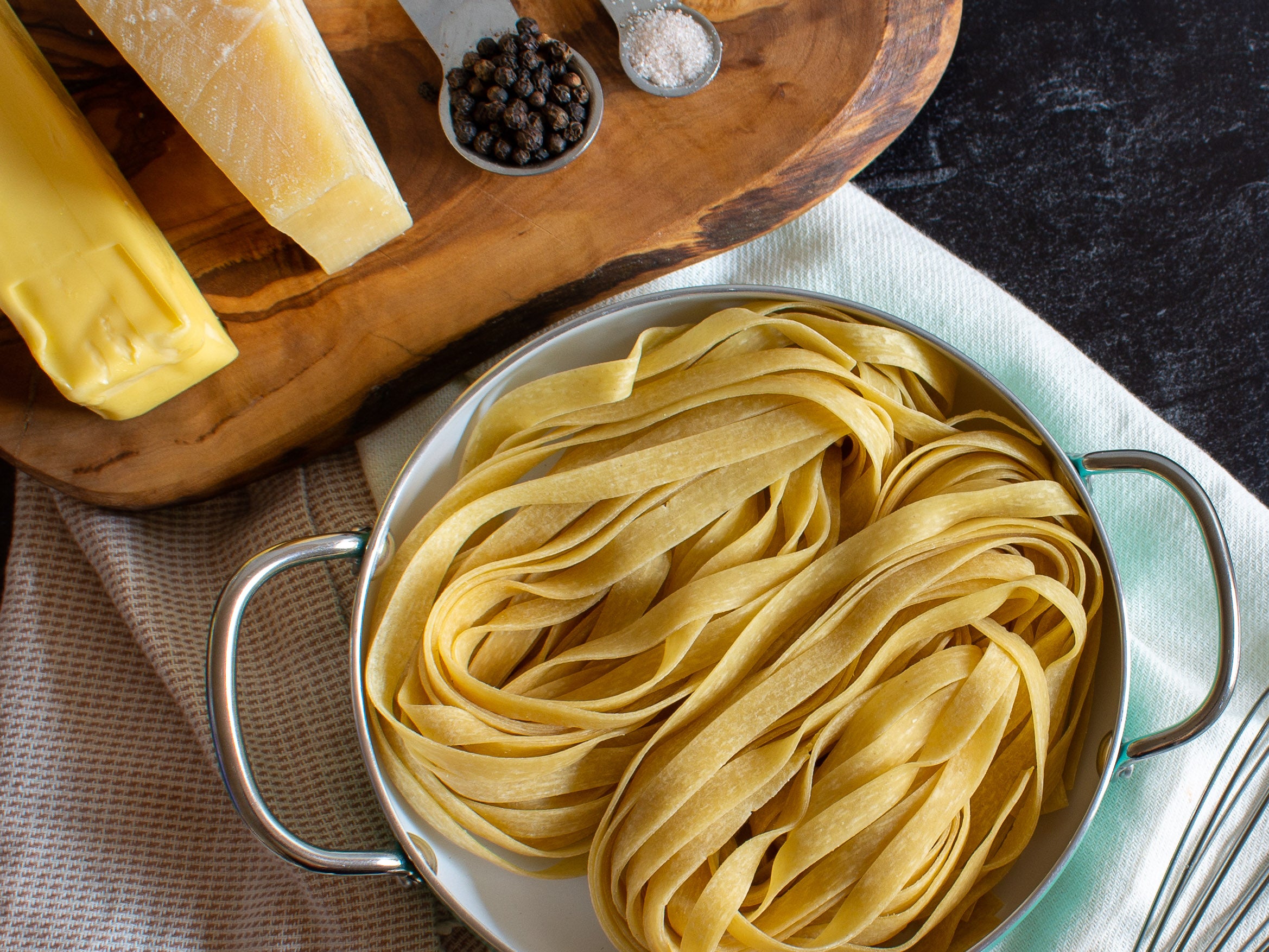Your basket is empty
Already have an account? Log in to check out faster.
Already have an account? Log in to check out faster.

As a chef, I’ve come to appreciate the delight of simplicity. Simple doesn't mean easy; in fact, it can be difficult to hold back the impulse to create something a little over the top. This dish is all about restraint, and it is so worth it. When high quality artisan ingredients are combined in complementary ways, the results are satisfying and comforting.
Butter is often used in pasta as a way to make a sauce a little richer or smoother, and to provide more viscosity and bring the ingredients together. It’s much less often used as a central ingredient; however, in this dish it should shine. Look for one that is European style as they tend to be higher in fat content and are usually aged a little which provides a deeper, richer flavor. If you're able to get your hands on a butter made in Parma from the same cows that provide milk for Parmigiano-Reggiano cheese - that’s awesome!
My quick list of butter.
There is a reason why Parmigiano-Reggiano is considered the king of cheeses. It is slightly salty, slightly milky, slightly crumbly, boasts a well-balanced flavor, and its versatility makes it a great go-to cheese for many recipes. You can grate it, shred it, make peelings, crumble it, or melt it.
Be the first to hear about recipes, sales, and new offerings.
1 comment
I can’t believe there isn’t any cream in this recipe. Maybe there isn’t supposed to be, and Alfredo has become “Americanized.” I’ve wondered about Kerrygold. Thank you for letting me know it’s worth it. Also, for explaining about recognizing real Parmigiano Reggiano.